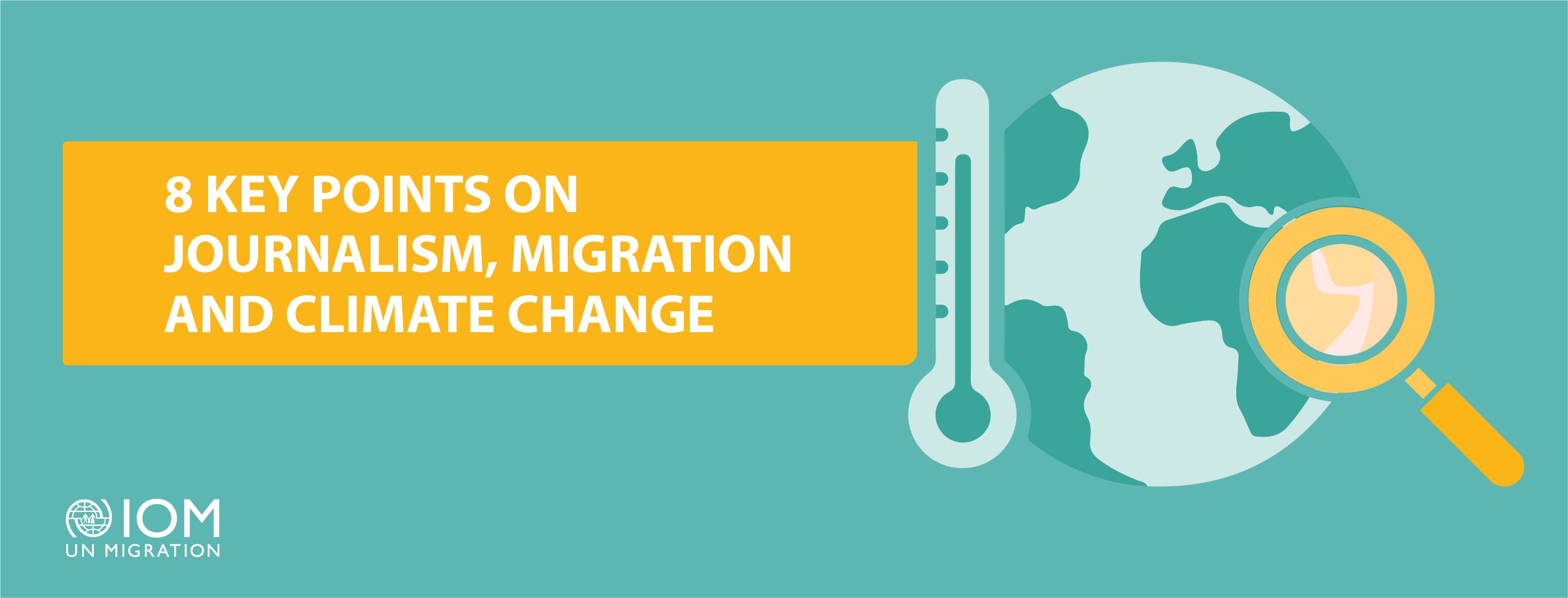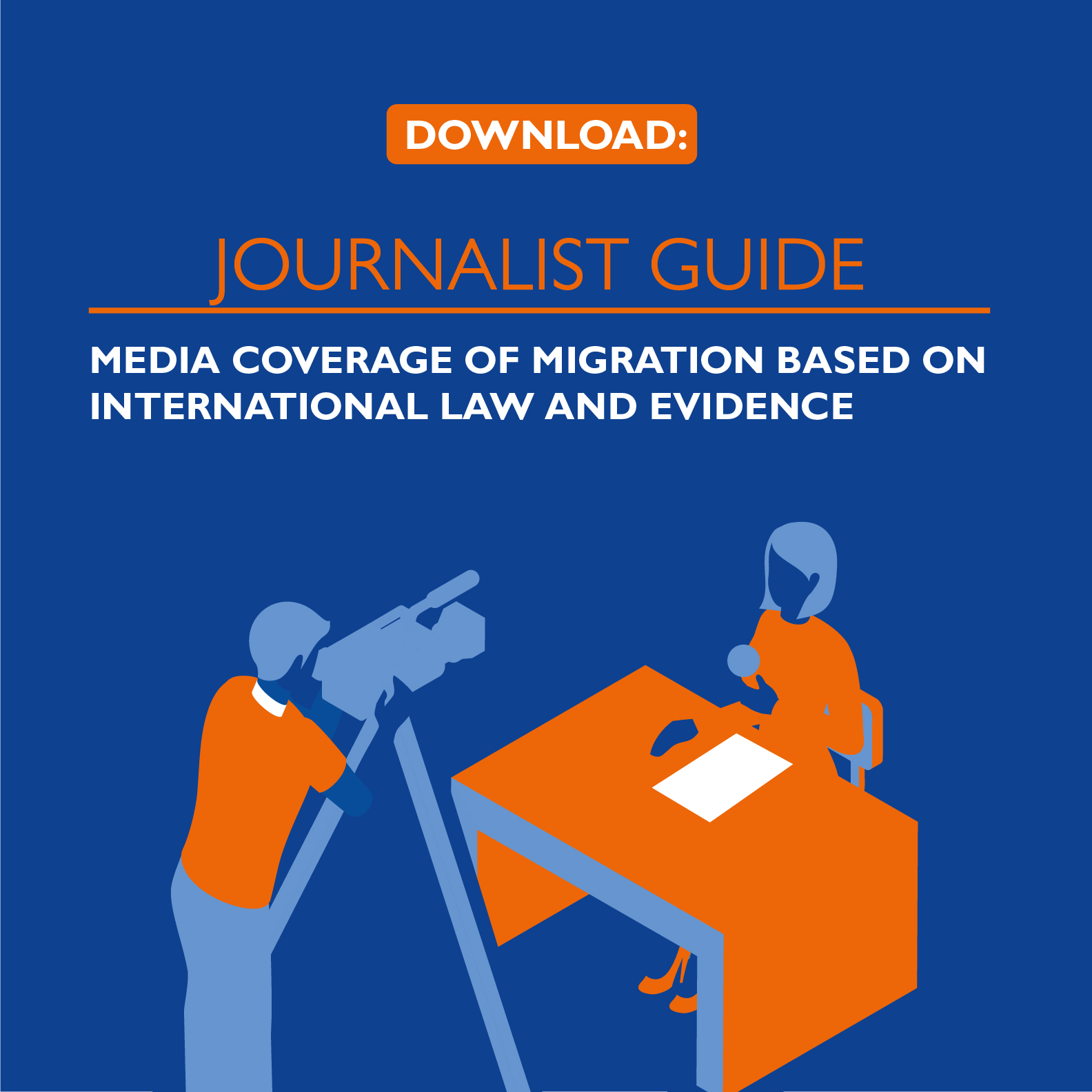Migration and Journalism: Useful Resources
From the fields of journalism, video production, public relations, advertising, graphic design, photography and film, communicators who work in the field of migration have a direct impact on how it is perceived. Making some simple decisions while working can make a difference and a simple example of this could be the selection of the photograph that goes with an article.
It takes only a Google search to confirm that migrants are usually represented with images related to household occupations, care work or laborious tasks such as farming or construction.
It is a fact that some migrants are engaged in these tasks; but also, many of them are students or have other types of jobs - even a person who represents his country diplomatically must become a migrant to do their job! Therefore, just considering what image to use helps to build perceptions around migration.
Are you interested in the topic?
The International Organization for Migration (IOM) has developed a series of resources in order to not only reflect on the coverage and representation of migration, but also to address the issue from a communicative responsibility approach.
8 key points on journalism, migration and climate change
Climate change is an increasingly important issue on the media agenda due to its rapid progress and global relevance. Its effects affect ecosystems and as a consequence affect people's lives and all the activities they carry out, including migration. This document explains eight key starting points to consider when discussing climate change from a migration perspective.
Guide for journalists
This resource for journalists seeks to provide tools for media coverage of migration based on international law and evidence. Here you will find ideas on how to combat clichés related to migrants, the correct use of terms, recommendations for selecting interviewees and non-victimization in stories, among others.
Course on Migration for Journalists and Communication Professionals
This is a virtual course where people can learn about the correct concepts to use when talking about migration, the trends that exist in the region and how these can be incorporated into communication products. The course is self-training and requires an investment of approximately 6 hours. It is free of charge and at the end of the course a certificate issued by the IOM will be awarded. By now, the course is only available in Spanish.


